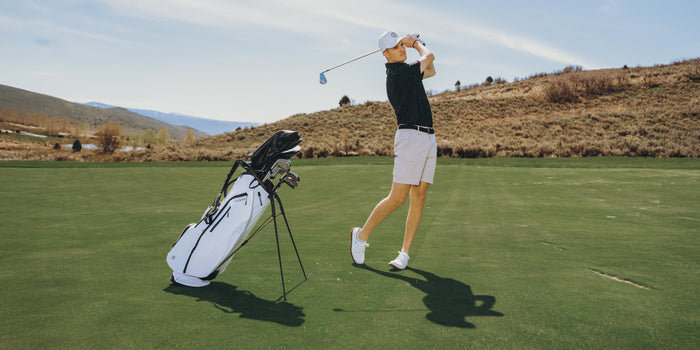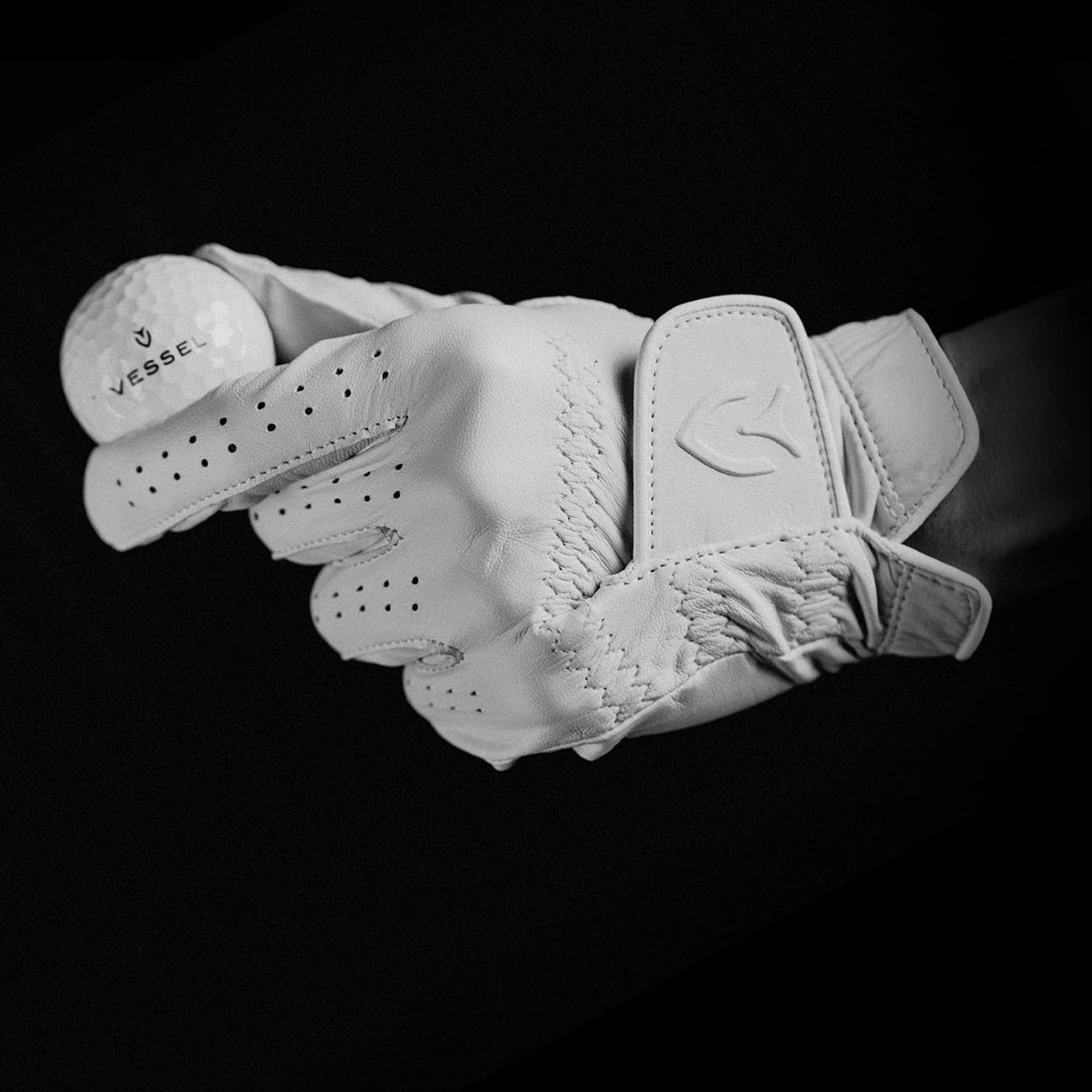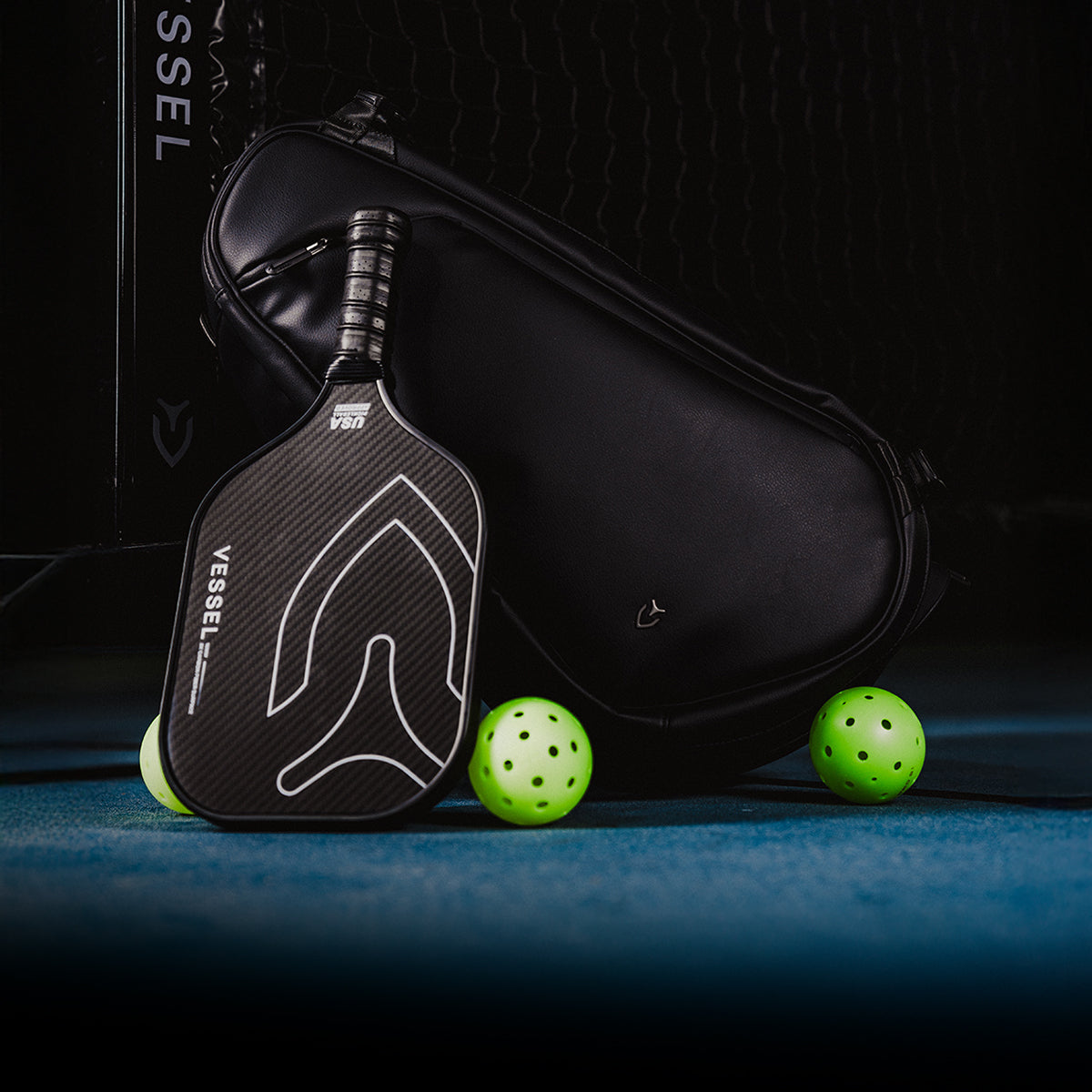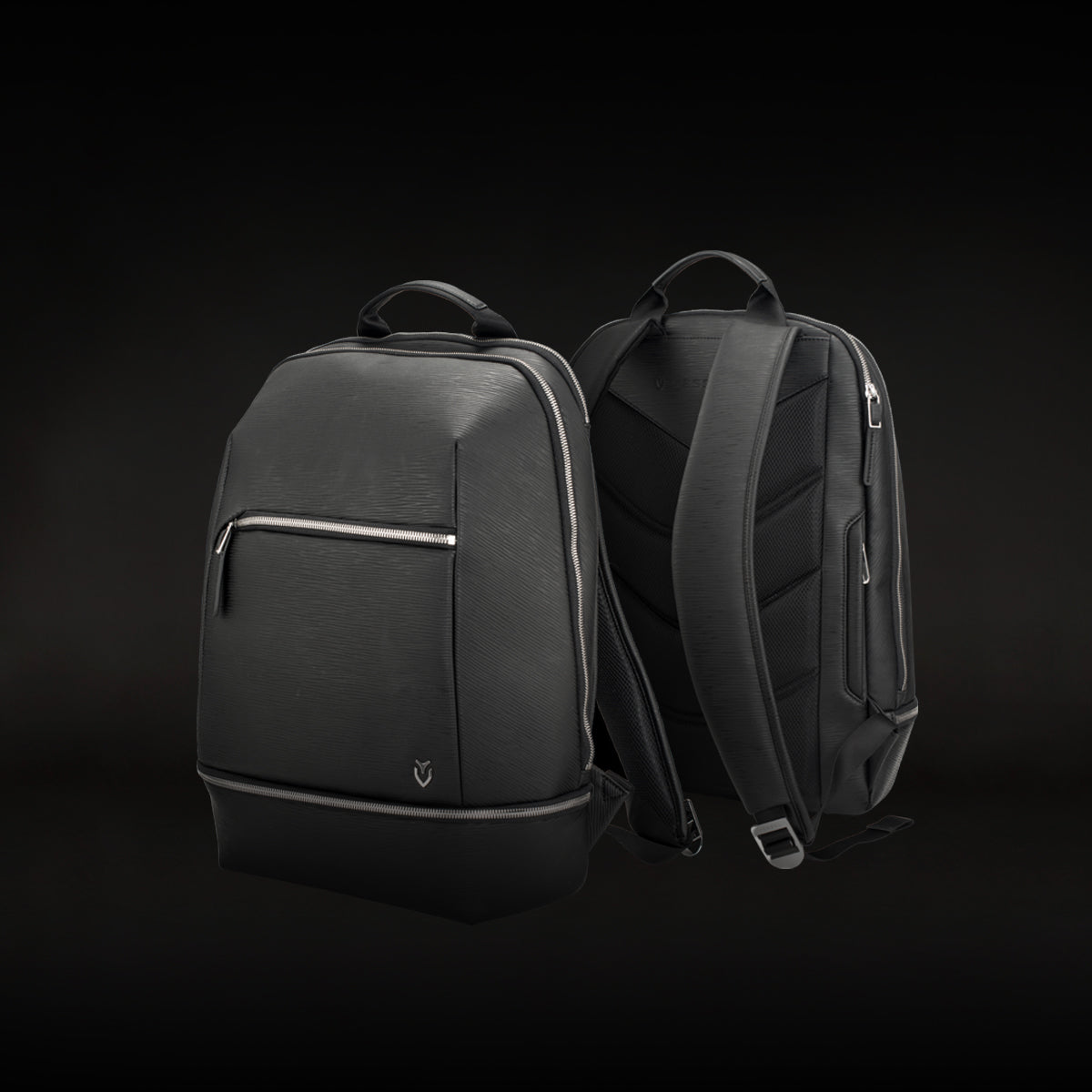

If you've been playing golf for a while and are wondering where you fit in the skill range, you're probably curious about what makes someone a mid-handicapper. The reality is - you're considered a mid-handicapper when your handicap index sits between 10 and 20. This places you right in the middle, above beginners who carry handicaps of 20 or more, but below those low handicappers with handicaps of 10 or less.
Some golfers break it down further into lower-mid (10-14) and upper-mid (15-20) categories. You're actually in good company! The average male golfer carries about a 14.2 handicap, which lands squarely in mid-handicap territory. In fact, approximately 43% of all golfers fall into the mid handicap category. As a mid-handicapper, you'll typically shoot between 80 and 94 for 18 holes. While there's no official rulebook defining these ranges, the 10-20 band is what most golf communities accept.
Typical Scores and Performance Expectations for Mid-Handicappers
When you're shooting in the mid-handicap range, your scorecard typically shows anywhere from the high 70s to the high 90s for 18 holes. The fact is, you'll occasionally fire off a round in the mid-70s that makes you feel like a pro! But those eight best scores from your last twenty rounds keep you grounded in reality.
You're hitting about four greens in regulation per round, which means you're missing the target 14 times. That's where your short game gets a workout. Your up-and-down success rate sits around 26%, so you're scrambling for par about one in four times. With 31 to 33 putts per round and nearly four three-putts, those greens can feel massive sometimes. Your average driving distance hovers around 217 yards, with about 42% of those shots finding the fairway. You'll also rack up about 4-5 double bogeys per round, which separates you from those single-digit handicappers. Don't worry though, you're part of the biggest group of golfers at 44%!
Playing Characteristics of a Mid-Handicapper
As you develop your game into the mid-handicap range, you'll notice your ball striking becomes more predictable, not perfect, but definitely more reliable than your high-handicap days. You're hitting about 3-4 greens in regulation now, which means your approach shots are finding their target more often. The average approach shots for mid-handicappers often require a 5 or 6 iron to reach the green.
Your short game's getting respectable, too. You'll two-putt most greens, though those annoying three-putts still happen 2-3 times per round. The reality is: you're smart enough to practice your wedges and putting three times more than your driver, because that's where you save strokes!
Course management? You've got it figured out. You'll pick the safer club over the risky hero shot, and you actually think about wind and hazards before swinging. That strategic mindset separates you from beginners. Lower mid-handicappers typically shoot in the low 80s, while those at the higher end might struggle to break 90.
The most popular type is Creeping Bentgrass, which spreads through above-ground runners called stolons. Think of them as tiny stems that creep along the surface, filling in any bare spots. This dense growth keeps weeds out and creates a smooth, uniform surface for applying. Unlike Bermuda greens, where grain dramatically affects break, bentgrass greens require you to play the slope rather than worrying about grain direction.
In colder climates, you'll see cool-season grasses like bentgrass and ryegrass taking center stage for their freeze resistance. Meanwhile, warm regions favor heat-loving varieties such as bermudagrass and zoysiagrass. Water-scarce areas are increasingly choosing efficient grasses like seashore paspalum. Tall fescue has gained significant traction due to its superior drought resistance and cold tolerance.
Common Challenges and Areas for Improvement

Three major challenges separate you from single-digit territory, and they're probably not what you'd expect. Initially, your approach shots are killing your scores. You're hitting only 4 greens per round compared to a scratch golfer's 8, leaving your ball an average of 29 feet from the hole. That's tough to recover from!
Second, course management gets you in trouble. You're losing balls and taking penalties because you're aiming at risky targets instead of playing smart, conservative shots. Those doubles and triples add up fast. According to tracking data, reducing double bogeys or worse is more impactful for handicap improvement than chasing birdies.
Finally, here's the mental piece: you're accepting bogeys too easily. When you miss a green, you've already given up on saving par. Focus on that GIR+1 stat getting up and down for par and watch your confidence grow. The competitive environment at many country clubs naturally encourages players to develop this scoring mentality, which explains why club members often carry lower handicaps than those on public courses.
Here's what makes Zoysia special: it grows slowly but steadily, creating a dense carpet that feels like you're walking on a firm mattress. You'll love how it bounces back from heavy traffic even after a busy tournament weekend! The deep roots dig down for water, so you won't need to irrigate as often. Popular varieties like Zeon and Stadium Zoysia offer lively green colors that stay gorgeous with minimal fertilizer. Plus, the tight growth naturally crowds out weeds, saving you time and money on maintenance.
Frequently Asked Questions
How Long Does It Typically Take to Become a Mid-Handicapper?
You'll typically reach mid-handicapper status in 2-3 years with consistent weekly practice. If you're hitting the range and course every week, you might get there in just 1-2 years! Less frequent players often require 4 or more years. Your progress depends on the quality of your practice, coaching, and natural ability. Focus hard on your short game, that's where you'll shave strokes fastest. Most folks see real improvement when they practice inside 100 yards.
Can Mid-Handicappers Play on Professional or Championship Courses?
Yes, you can definitely play on championship courses as a mid-handicapper! Most courses offer multiple tee boxes, so you'd typically play from the regular or forward tees instead of the championship tees. While you won't shoot competitive scores for professional events, you'll still enjoy the experience. Your scores in the 80s to low 90s work fine for amateur tournaments and social rounds. Just pick the right tees that match your skill level.
What Percentage of All Golfers Are Considered Mid-handicappers?
You're looking at roughly half of all golfers being mid-handicappers! When you combine the 10-14.9 bracket (about 27% of golfers) with the 15-19.9 group (around 22%), you get approximately 48-50% of all handicap holders. That's a huge chunk of the golfing population. To put it simply, if you lined up ten random golfers at your local course, about five of them would be mid-handicappers like yourself.
Should Mid-Handicappers Take Lessons or Practice Independently?
You'll benefit most from combining both approaches! Take lessons every 4-6 weeks to fix major swing flaws and learn proper fundamentals, then practice independently between sessions. The reality is that lessons provide a roadmap, but you need solo practice to build muscle memory. Most mid-handicappers achieve their best results with monthly lessons, plus 2-3 practice sessions per week. This balanced approach typically drops handicaps by 3-5 strokes within six months.
Conclusion
Whether you're shooting in the 80s and 90s, working on that elusive consistency, or choosing between game improvement and players' irons, you've got a clearer path forward. Remember, being a mid-handicapper means you're better than most weekend warriors but still have exciting room to grow. Keep practicing those short game shots, and you'll break through to the next level!







